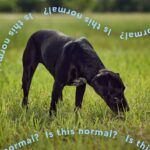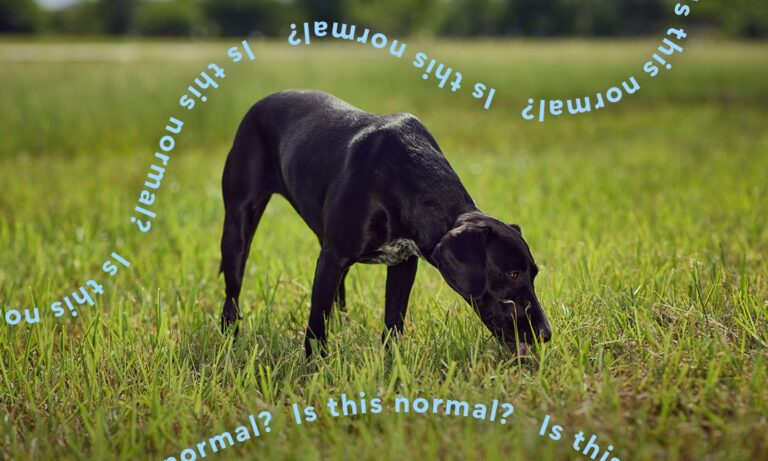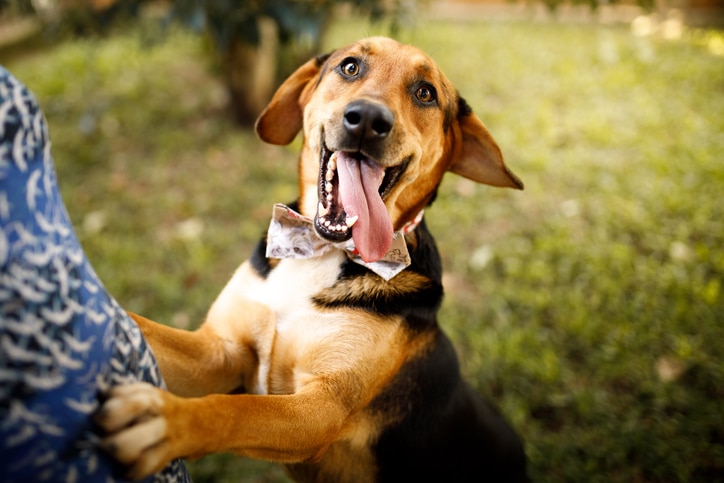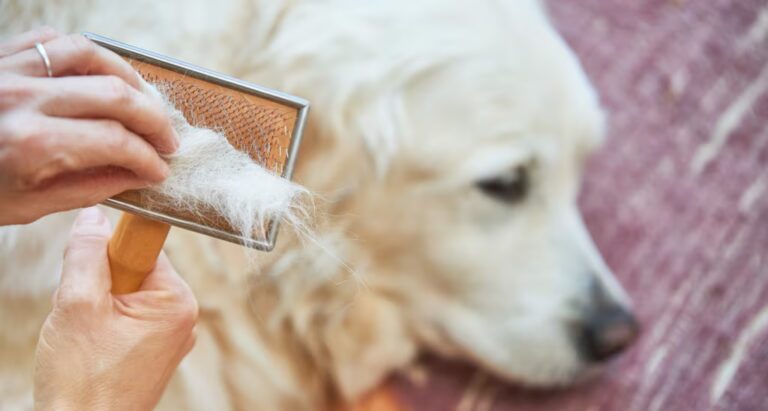How to Tell a Dog’s Age: 5 Signs to Look For
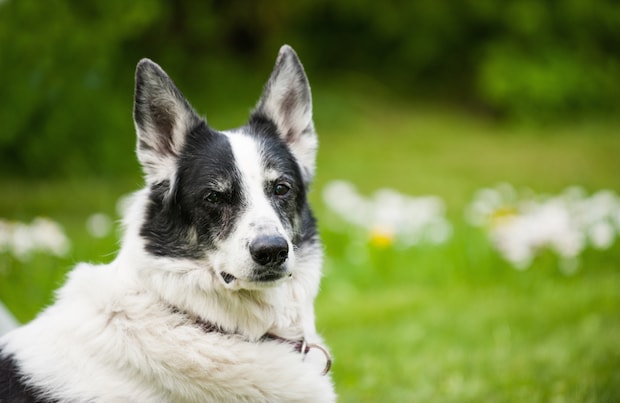
Photo by Chewy
So, you’ve come across an adorable dog at the shelter—or even a stray off the street—and there’s an instant connection. You pick them. They pick you. But when it comes to caring for your new furry friend, there’s one important detail you need to know: their age. From the best dog food to feed them to what dog bed to buy or activities to pursue with your pup, knowing their age is an important part of making some of the biggest pet parenting decisions. So, how do you tell your dog’s age?
While you’re not likely to be able to pinpoint your new pup’s exact age, there are ways to get a general sense of their approximate age. Your veterinarian will be able to make the best guess, but there are a few signs of aging you can look for as well. We talked to veterinary experts to help you determine your dog’s age.
5 Ways To Tell Your Dog's Age
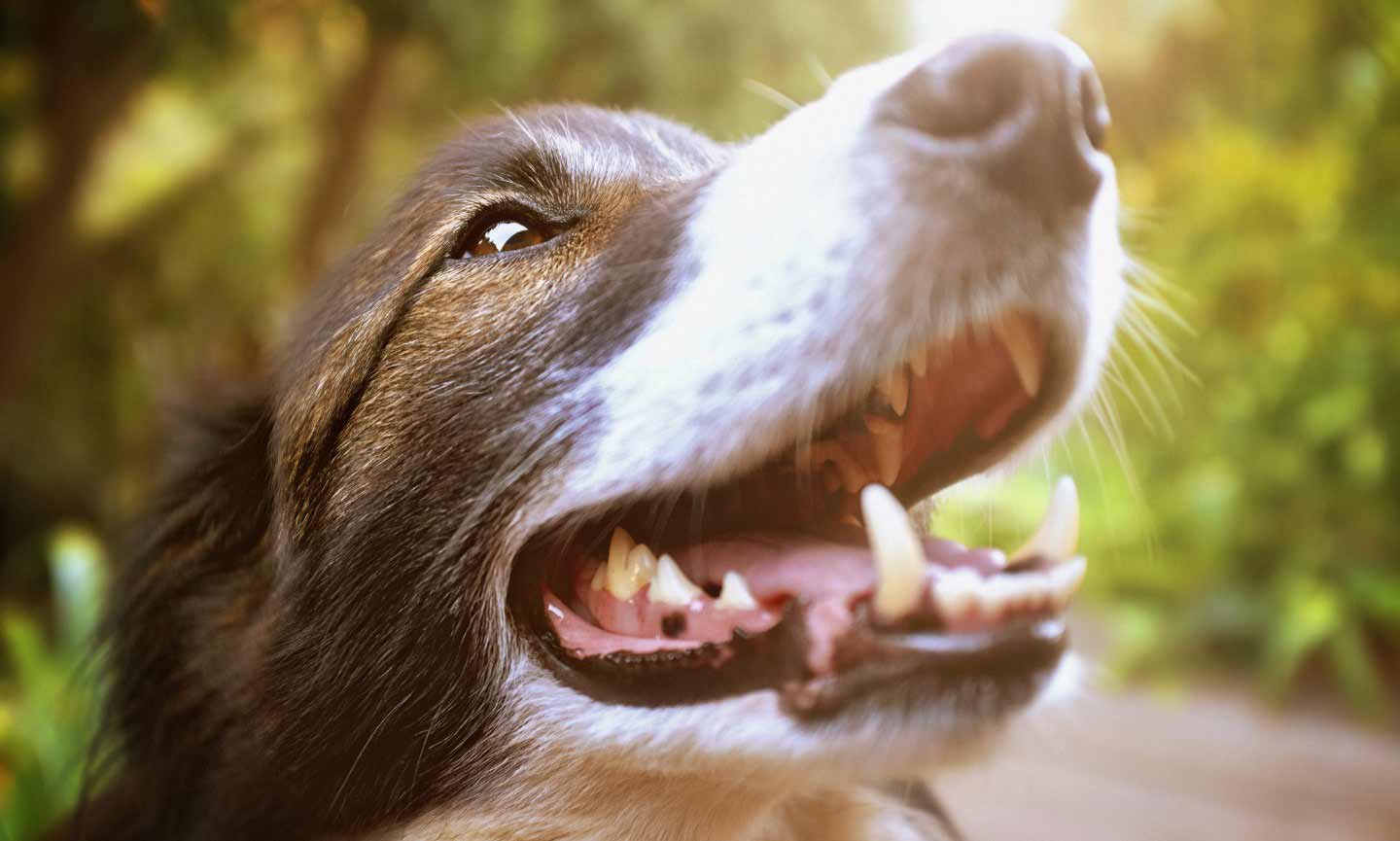
iStock.com/RapidEye
1. Check Their Teeth
If you’re dealing with a puppy, dental eruption is an excellent and accurate way of guessing their age. By about eight months, a dog will have their full set of permanent teeth, says Dr. Linda Simon, MVB MRCVS, a veterinarian in London, England. So, if your pup still has their baby teeth, they’re likely under 8 months old.
The condition of the adult teeth can also provide clues. When dogs are in the first years of life, their adult teeth are usually white, with little to no calculus buildup. Pearly whites usually indicate a dog in early adulthood. However, as dogs get older, they become more and more prone to dental issues like plaque and tartar buildup. While there are exceptions, Simon says, the worse condition of your dog’s teeth, the older they are.

iStock.com/urbazon
2. Consider Their Fur
Just like humans, older dogs tend to sprout some gray hair, which typically progresses with age. When dogs reach 7-10 years old, they are likely to develop some gray or white on their chest, haunches or muzzle. But gray fur isn’t the only difference you’ll notice in their fur; a lot of times, a dog’s fur color will lighten with age, too.
Be sure to observe your new dog’s fur condition, too. When they are young, a dog typically has a soft, shiny coat thanks to their skin’s hydration levels. But when a dog is older, their fur tends to be drier and weaker. A lackluster coat, compared to the shiny fur you see on younger healthy dogs, is a sign of an older dog.

iStock.com/fotyma
3. Look Into Their Eyes
Are your dog’s eyes clear and lively? If so, it’s likely they are no older than 3 or 4 years old.
That’s because, as dogs age, a bluish, transparent haze develops in the lens of the eye. It’s called nuclear sclerosis, aka lenticular sclerosis, and it’s considered a normal part of aging. It does not affect vision, although vision will worsen a little with age.
Other age-related eye conditions, such as cataracts and glaucoma, can also give dogs cloudy eyes or a bluish discoloration of the pupil. These conditions do affect dogs’ vision and require treatment from a veterinarian.
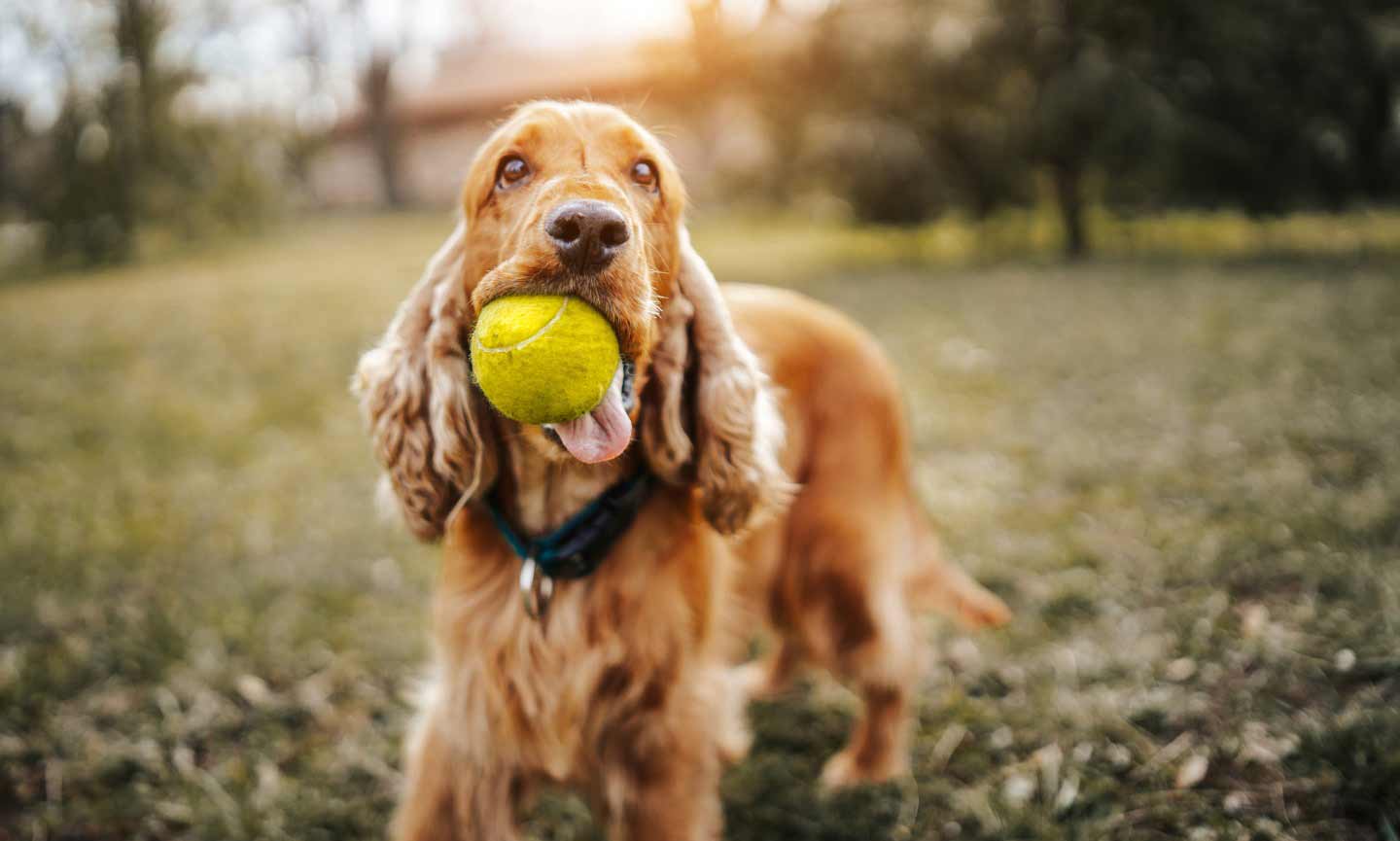
iStock.com/bojanstory
4. Evaluate Their Activity Level
A dog’s energy level can vary widely from one day to the next, and it’s not just dependent on age. Keep the 3-3-3 rule in mind when you adopt a new dog: Most pups spend three days of feeling overwhelmed and nervous in a new home, followed by three weeks of settling in, and three months to build trust and bond with you. This—as well as any illness acquired from the shelter or street life—can affect their energy levels in a big way.
But once your pup has reached three months in your care, you can more properly assess how energetic they really are. Puppies and younger (up to age 2) dogs tend to be filled with endless energy and will play for hours before tuckering out. Older dogs, on the other hand, are less energetic and playful; they also need a lot more sleep compared to younger adult dogs. Older dogs often become stiff and slow, particularly larger breeds, and many senior dogs will experience some degree of canine dementia, which can lead to confusion and lethargy.

iStock.com/Phuttharak
5. Factor in Their Breed
A dog’s breed has a real impact on how quickly they age, as well as their lifespan. For example, “an 8-year-old Chihuahua will be energetic and may look quite similar to a 3-year-old Chihuahua,” says Simon. “Conversely, an 8-year-old Great Dane will be coming to the end of their life and will likely be experiencing chronic health issues such as arthritis. It will be evident from their appearance that they are a senior dog.”
Don’t know your dog’s breed or mix of breeds? The same rule generally applies to a dog’s size: Small dogs tend to live longer, and therefore age more slowly, while larger dogs tend to have a shorter lifespan, aging faster.
How to Tell Your Dog's Age in Human Years
We’ve all been told to multiply your dog’s age by seven to calculate how old they are in human years. But what if we told you that is entirely wrong? The American Kennel Club (AKC) says the long-believed “one dog year equals seven human years” theory is not supported by science.
There’s more to identifying our dog’s human age than simply multiplying their age by seven: As we explained above, factors like physical and mental development, as well as breed, affect your dog’s true age. A Great Dane will not age in the same manner as a Chihuahua, and an outdoor working dog will age faster than an indoor pup. An overweight dog will age quicker and develop more health conditions compared to a dog who is at a healthy weight. Use our age calculator chart that takes some of the guesswork out of that math for you.
No matter your new dog’s age, they’re a furry family member now. So, what’s the best way to keep them healthy and safe?
- Take them for regular veterinary checkups
- Feed them the appropriate dog food for their age and breed
- Provide the proper level of activity
Dog health is crucial to slowing the aging process, and whether your dog turns out to be a young dog or one well into their senior years, focusing on their wellness with help them live their best life.

